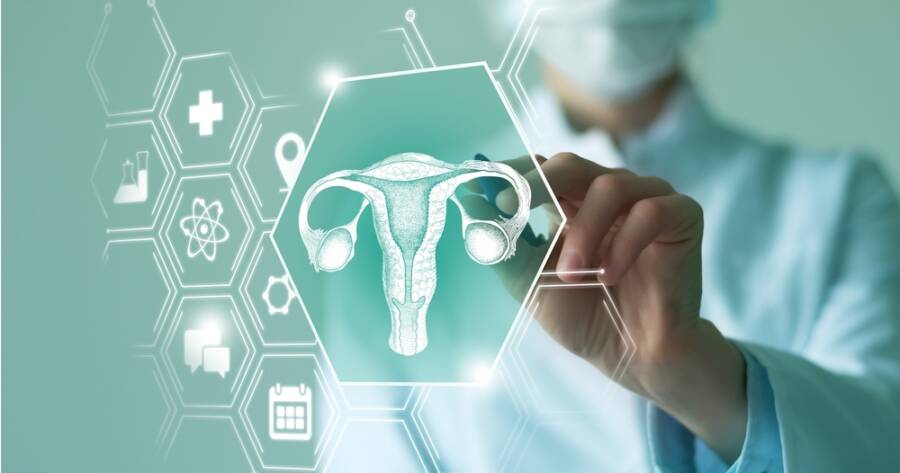Cervical cancer, a type of cancer that occurs in the cells of the cervix, is a significant health concern for women worldwide. Early detection is crucial for effective treatment, making it essential to understand and recognize its symptoms.
Unusual Bleeding: A Primary Symptom
One of the most common symptoms of cervical cancer is unusual bleeding. This can occur between menstrual periods, after sexual intercourse, or after menopause.1 Any unexpected bleeding should be taken seriously and discussed with a healthcare provider.
Changes in Discharge and Pain
Another symptom to be aware of is a change in vaginal discharge. An increase in discharge or a change in its consistency could be a sign of cervical cancer.2 Additionally, pain during intercourse is a symptom that should not be overlooked. It’s important to be open and honest with a healthcare provider about these changes.
Other Potential Symptoms
While less common, other symptoms can include pelvic pain not related to your menstrual cycle or pain during urination. These symptoms could be indicative of cervical cancer or other health issues. It is always better to err on the side of caution and consult a healthcare professional.
Recognizing Risk Factors
Understanding the risk factors associated with cervical cancer can also help in early detection and prevention. Factors such as human papillomavirus (HPV) infection, smoking, having a weakened immune system, and engaging in early sexual activity or having multiple sexual partners can increase the likelihood of developing cervical cancer.3 By being aware of these risks, women can take proactive measures, such as getting vaccinated against HPV, quitting smoking, and attending regular screenings, to mitigate their chances of developing cervical cancer.
Pap Smears, HPV Testing, and Vaccination
Regular Pap smears, HPV testing, and vaccination can be essential components in the fight against cervical cancer.4 These screenings can detect abnormal cells early, allowing for prompt treatment before they develop into cancer. The HPV vaccine can add another layer of protection by guarding against the most common cancer-causing strains of the virus, significantly reducing the risk of cervical cancer. Together, these preventive measures can offer a powerful defense, making early detection and prevention possible.
Community Support and Resources
Support from community resources and support groups can also play a vital role in managing and preventing cervical cancer. Many organizations offer educational programs, screening services, and emotional support for those affected by cervical cancer.
Engaging with these resources can provide valuable information and a sense of solidarity for women navigating this health challenge. Utilizing community support can also help in spreading awareness and encouraging others to stay vigilant about their health.
Early Detection Is Crucial
Being aware of the symptoms of cervical cancer is a critical step in early detection and treatment. Regular Pap tests and HPV screenings can be essential preventative measures. Being informed about symptoms and seeking medical advice if you experience any is equally important. Taking charge of your health and staying informed about potential warning signs can make all the difference in catching cervical cancer early, improving the chances of successful treatment and recovery from cervical cancer.
